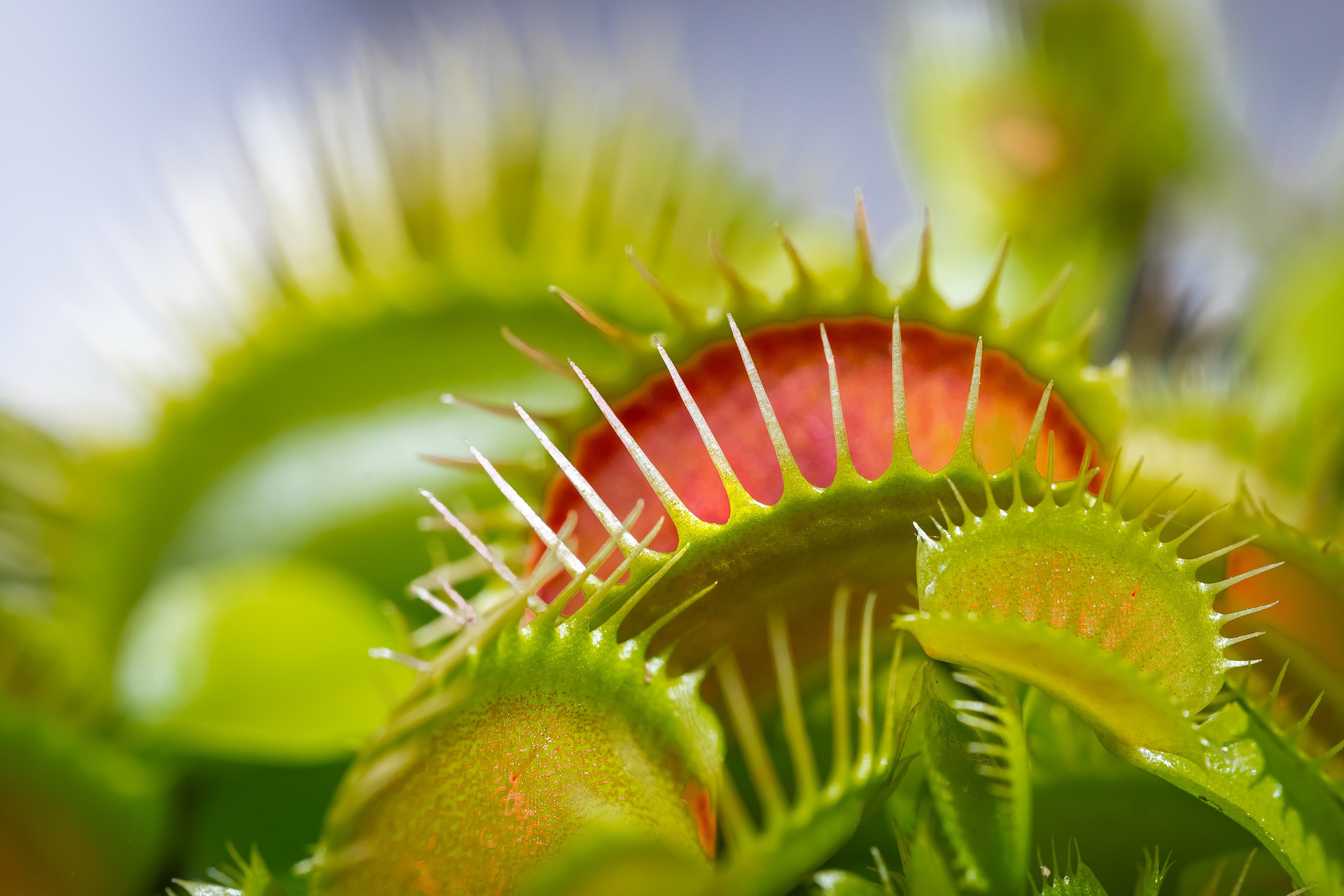Media release
From:
Biotechnology: Artificial neurons make Venus Flytrap snap *VIDEOS*
An artificial neuron, which has been successfully interconnected with the biological cells of the Venus Flytrap and can make the plant close its lobes, is reported in a paper published in Nature Communications. The findings may have implications for the future development of brain-machine interfaces and soft robotics.
Neuromorphic bio-inspired electronic devices emulate the operating method of the human brain. The future development of brain-machine interfaces, prosthetics, and intelligent soft robotics will require a combination of artificial neural devices and biological systems. However, current artificial devices have poor biocompatibility, low energy efficiency and complex circuitry.
Simone Fabiano and colleagues developed an artificial neurosynaptic system to explore if it could be connected to a biological system. The authors printed artificial neurons and synapses to closely resemble the signalling characteristics of biological systems, which use electrical spikes mediated by the migration of ions to communicate. The authors were then able to interconnect the artificial neurons with the biological systems of a Venus Flytrap (Dionaea muscipula). They demonstrate that in response to an electrical stimulus the artificial neurons were able to induce the plant to close its lobes.
Fabiano and co-authors suggest their findings could facilitate the development of future implantable devices and brain-machine interfaces, as well as the potential integration of artificial neural systems into biological entities.



 International
International



